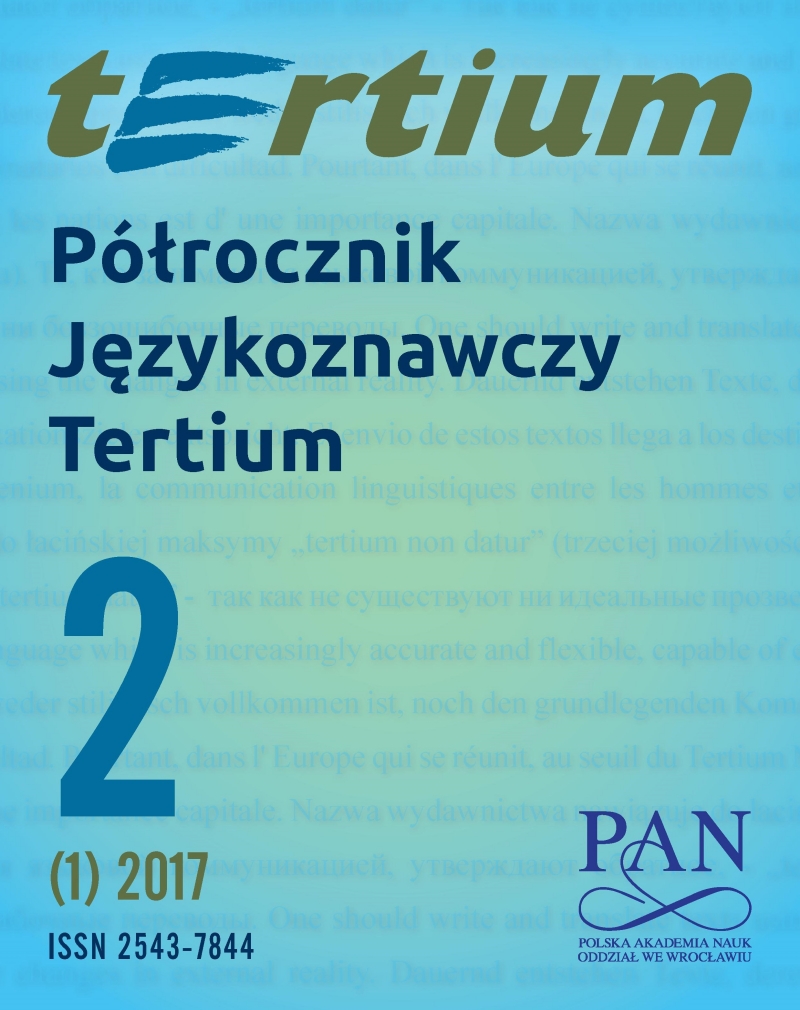
We kindly inform you that, as long as the subject affiliation of our 300.000+ articles is in progress, you might get unsufficient or no results on your third level or second level search. In this case, please broaden your search criteria.


Badania pragmatyczne nad „grzecznością” w istotny sposób ograniczają możliwości opisu konkretnych sytuacji interakcji. Dzieje się tak głównie ze względu na to, że zdroworozsądkowe a zarazem normatywnie zorientowane pojęcie „grzeczności” uniemożliwia dostrzeżenie licznych zjawisk postrzeganych jako oczywiste przez rodzimych użytkowników kodu w rzeczywistych warunkach komunikacji. W artykule niniejszym dążono do ukazania przynajmniej kilku istotnych obszarów uzusu językowego, do opisu jakich studia „grzecznościowe” nie są w stanie dotrzeć. Postulowano rozszerzenie spektrum badań nad rzeczywistymi sytuacjami kontaktu językowego, poprzez odejście od wyłącznie „grzecznościowego” punktu widzenia, z wykorzystaniem ramy opisowej honoryfikatywności (modyfikacji honoryfikatywnej), jako zjawiska obecnego w każdym rzeczywistym przekazie, powiązanego z osiągnięciem adekwatności komunikacyjnej komunikatu. Zwrócono również uwagę na fakt, że badania nad modyfikacją honoryfikatywną, obejmujące całość aktywności językowej jednostek i grup, mogą (i powinny) dotyczyć także polityki językowej, pojmowanej jako wyposażenie użytkowników kodu choćby w podstawowy zestaw wzorców jego użycia umożliwiających efektywną komunikację. // Pragmatic studies on „politeness” limit significantly the possibilities of description of actual situations of communication. It is mainly because of the fact that a common-sense oriented normative notion of „politeness” makes it impossible to notice numerous phenomena taken for granted by the native users of a code in actual circumstances of communication. In this paper, it has been attempted to show at least some important areas of language usage that the „politeness” related approaches are unable to reach. It has been postulated to widen the range of studies over actual situations of communications, by abandoning the solely „politeness” focused point of view, with the implementation of the notion of honorific modification (HM), as a phenomenon present in any actual message, related to the achievement of communicational adequacy of a message. It has also been pointed out that the studies of HM, covering all communication related activity, may (and: should) be related also to the language policy, perceived as equipping the language users at least with basic set of its usage patterns, enabling effective communication.
More...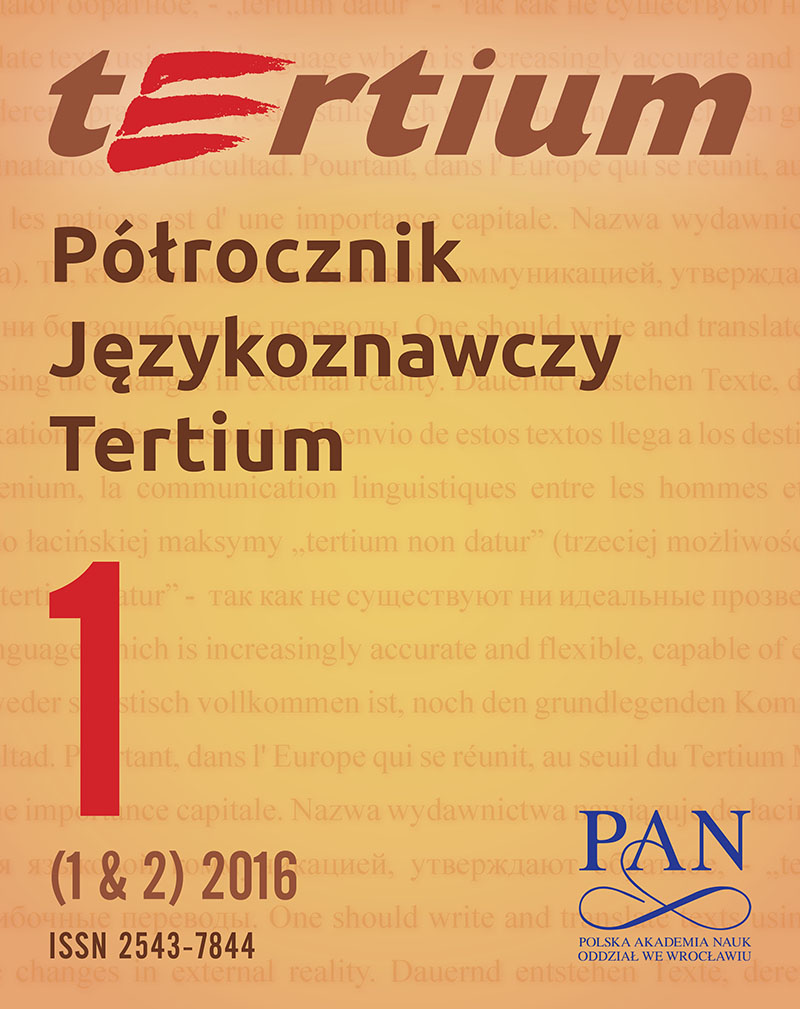
W artykule opartym na materiale z prasy wyspecjalizowanej autorka porusza następującezagadnienia: dlaczego tak bardzo atrakcyjny jest dla dziennikarzy styl potoczny, jakie składnikii cechy tej odmiany traktowane są jako szczególnie użyteczne, jakie są skutki częstego użyciaform potocznych dla procesów przeobrażania stylu publicystycznego i wybranych gatunkówprasowych. Potoczność rozpatrywana na płaszczyźnie tekstu zyskuje na komunikacyjnejatrakcyjności dlatego, że pozwala nadawać wypowiedziom znamiona komunikatówskierowanych, nastawionych na kontakt z drugim człowiekiem, umożliwia ucieczkę odabstrakcji w stronę mówienia (czy raczej pisania) konkretnego, bliskiego codziennemudoświadczeniu, obrazowego i zaangażowanego. Dzięki stosownym zabiegom stylizacyjnympublicyści budują z odbiorcą wspólny świat i kształtują określoną wizję tego świata: (1) zpunktu widzenia odbiorcy – z uwzględnieniem jego potocznych wyobrażeń i doświadczeń; (2)zgodnie z oczekiwaniami odbiorcy, a więc przystępnie, plastycznie i sugestywnie; (3) z(fingowanym) udziałem odbiorcy; (4) za pomocą środków językowych znanych odbiorcy(potocznych) lub środków wykreowanych przy użyciu technik stylizatorskich typowych dlawypowiedzi potocznych. // In the article which is based on specialized press material, the author raises the following issues: why is the colloquial style so attractive for journalists? What features and factors of this variety are treated as particularly useful? What are the results of the frequent use of colloquial forms for the processes of transforming the journalistic style and selected press genres? Colloquialisms considered at the textual level gain the communicative attractiveness because they allow utterances to acquire the status of targeted messages, aimed at seeking contact with a fellow human being, and because they facilitate the escape from abstraction towards concrete speaking (or rather writing), close to everyday experience, imagistic and involved. Thanks to appropriate stylization techniques, journalists construe the world in common with the audience and shape a specific vision of this world: 1/ from the point of view of the audience, taking into account their colloquial images and experiences; 2/ in accordance with the audience expectations, i.e. simply, visually and suggestively; 3/ with the (fake)participation of the audience; 4/ through linguistic means known to the audience (colloquial)or the means created with the stylization techniques typical of colloquial utterances.
More...
Współczesne media elektroniczne stały się celem licznych badań językoznawczych. Niniejszaanaliza dotyczy jednej z najpopularniejszych ich odmian – krótkiej wiadomości tekstowej. 160prywatnych SMSów, zarówno w języku polskim, jak i angielskim przebadano pod względem ichcech formalnych, skupiając się głównie na aspekcie redukcji tekstu pod względem obecnościbądź eliminacji elementów fatycznych, szczególnie zwrotów adresatywnych, powitań,pożegnań oraz emotikonów, a także interpunkcji. Badanie przeprowadzone również wodniesieniu do wcześniejszej analizy wiadomości mailowych wykazało znaczny procenteliminacji elementów konwencjonalnych tekstu w SMSach w porównaniu z mailami,szczególnie zwrotów adresatywnych i powitań, redukcję formalną zwrotów pożegnalnych orazomijanie znaków przystankowych, pokazując tym samym, jak dużo elementów w komunikaciejest redundantnych. Analiza wykazała również widoczne różnice między SMSami polskimi iangielskimi, zwłaszcza pod względem frekwencji takich elementów, jak podpis, zwrotpożegnalny, użycie emotikonów oraz skracanie wyrazów, które znacznie częściej występowaływ tekstach angielskich niż polskich. // Contemporary electronic media have become a frequent object of linguistic research. The present analysis concerns one of its most popular manifestations – the short text message. 160private text messages, both Polish and English, have been investigated in terms of their formal features, with a focus placed mainly on the aspect of text reduction with respect to the presence or absence of its phatic elements, primarily forms of address, greetings, leave-takings,emoticons as well as punctuation. The analysis conducted also with reference to an earlier investigation of the electronic mail has demonstrated a significant percentage of the conventional text elements elimination in text messages in comparison to emails, especially of forms of address and greetings, a formal reduction of leave-taking formulas as well as the omission of punctuation, this way indicating how many elements of communication appear to be redundant. The analysis has also shown visible differences between Polish and English text messages, particularly in terms of the frequency of the use of such aspects as the signature, the leave-taking formula, the use of emoticons and word abbreviations, which appear to be a more typical element of English rather than Polish text messages.
More...
W artykule przedstawiono zmiany w języku ukraińskim po odzyskaniu przez Ukrainę niepodległości. Przed 1991 rokiem władza radziecka – prócz znanych z czasów Rosji carskiej różnego rodzaju zakazów ‒ stworzyła system ingerencji w wewnętrzne prawa językowe, zabraniając jednych wyrazów, konstrukcji syntaktycznych czy zasad ortograficznych, a propagując inne, bliższe językowi rosyjskiemu, który de facto posiadał pozycję dominującą w każdej prawie dziedzinie. Doprowadziło to do nienormalnej sytuacji językowej, nieświadomego mieszania języka ukraińskiego i rosyjskiego, do „rozchwiania” norm języka ukraińskiego zarówno fonetycznych, jak i morfologicznych, a także norm syntaktycznych oraz łączliwości leksykalnej. Dlatego też po 1991 roku ‒ prócz zmian w systemie leksykalnym, związanych z rozwojem nauki, techniki oraz przekształceniami politycznymi i ekonomicznymi ‒ obserwujemy dążenie do odejścia od form zrusyfikowanych, naruszających normy ukraińskiego języka literackiego i powrót do starych rodzimych tradycji językowych. // The article discusses changes in Ukrainian after Ukraine had regained independence. Prior to 1991, the Soviet authorities – apart from various prohibitions known from the time of Russian tsars – had created a system of interfering in internal laws of language, prohibiting certain words, syntactic constructions or orthographic rules, and propagating others, closer to Russian, which had a virtually dominating position in nearly all fields. This led to an abnormal linguistic situation, the unconscious fusing of Ukrainian and Russian, both at the level of phonetics and morphology as well as syntactic norms and collocations. That is why, after 1991 – apart from changes in the lexical system, associated with developments in science, technology and political and economic transformations – we can observe the tendency to depart from Russified forms, which violate the norms of Ukrainian literary language, and to return to old native linguistic traditions.
More...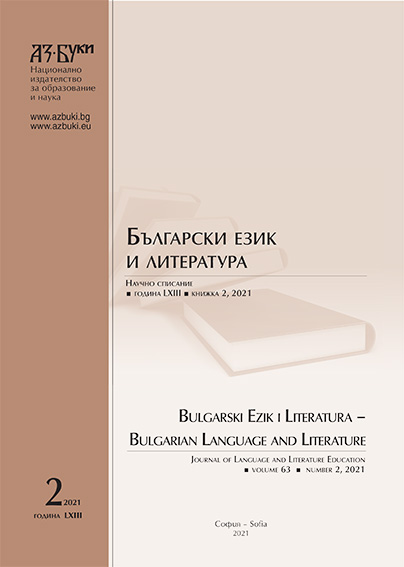
The article presents a lesson, related to the acquisition and application of knowledge in Bulgarian language, Information technology and Economics. The aim is to learn students how to use these skills in practice for their professional realization in life.
More...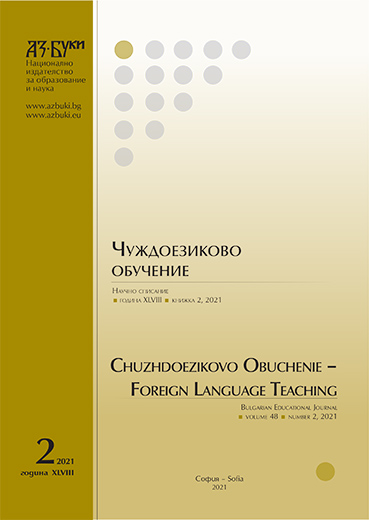
The article focuses on the presentation of the Hungarian-Bulgarian valence dictionary, which is currently in preparation, against the background of an extremely actual task – the creation of an academic English-Bulgarian dictionary, adequately reflecting the current state of vocabulary in both languages. The author substantiates the need for such a dictionary, given the lack of general and specialized Hungarian-Bulgarian dictionaries, based on the theoretical foundations and principles of modern lexicography. Outlined are the main features of the dictionary, the specificities and approaches in the work of its compilation. The selection of material and the methods of its presentation are in accordance with the practical needs of learners of Hungarian as a foreign language.
More...
Media language is a prototype of the public consent for the media to be defined through compromise as a fourth position in the paradigm of power as a philosophical category, whose explications before the media are legislative, executive, judicial. The linguistic norm and the cognitive-rhetorical characteristic of the media discourse are the prototype of the metaphor of the "fourth power". The formation of the information-language culture and the preservation of the language norm is the high social responsibility of the media discourse. The media is a prototype of public consciousness, a “picture” of national identity – a unit of political and socio-economic information and cultural “taste” (a sample of art and its list).
More...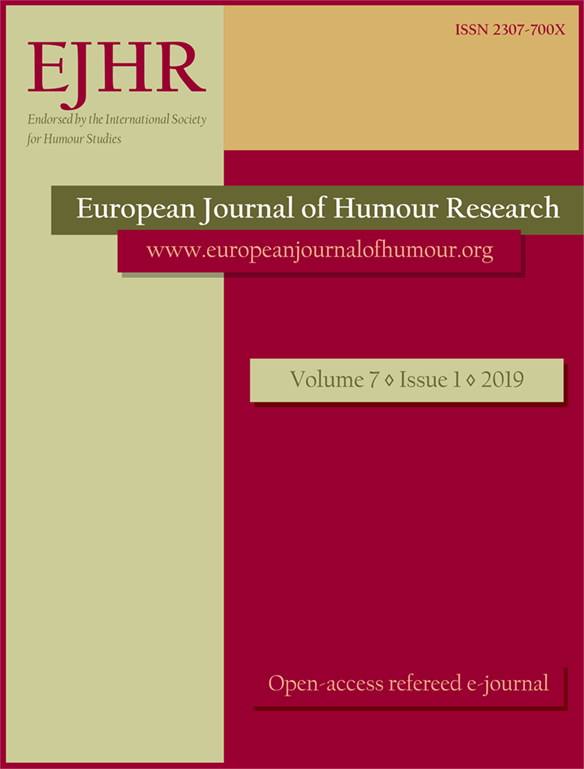
A heterolingual text is characterised by the presence of two or more different languages, or two or more varieties of the same language (Corrius & Zabalbeascoa 2011: 115). This article discusses possible methods of translating into English of a text containing two varieties of German: Ottokar Domma’s Der brave Schüler Ottokar [The Good Schoolboy Ottokar]. In these stories, about a schoolboy growing up in the German Democratic Republic (GDR) in the 1960s, Domma creates a zone of friction between child narrator Ottokar’s everyday German and the language of GDR officialdom (“official discourse”). This article first shows that following a conventional method of translating a literary text into English does not allow this satire to be conveyed to the reader. It then presents two alternative translational methods — “thick” and creative — that demonstrate how it is helpful, indeed in some cases necessary, for the translator to adopt a broad understanding of “translation” in respect of texts that exploit multilingualism for humorous purposes. It is argued that methods of translating in which effect is privileged over form — which here included introducing multimodality — can serve well to open up heterolingual humour for speakers of other languages.
More...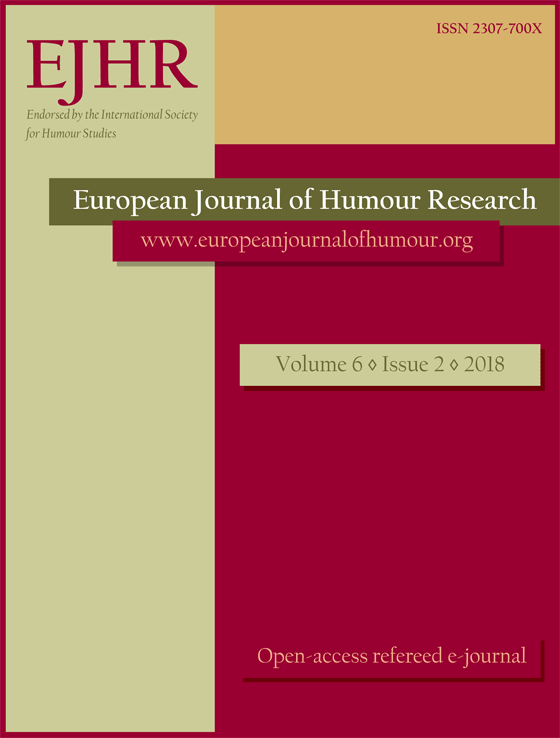
In my research paper I examine the first two election campaigns in Hungary following the Austro-Hungarian Compromise (1867). In particular, I analyse the ways the campaigns employed tools of humour in popular press products of the time, such as caricatures and texts in humour magazines (Ludas Matyi [‘Mattie the Goose-Boy’], Az Üstökös [‘The Comet’], Borsszem Jankó [‘Johnny Peppercorn’]), which were considered effective political weapons by contemporaries. After a history-oriented introduction devoted to illustrating the muchdebated content of the Compromise, the election system and the historical significance of the analysed papers, I categorize caricatures and the humorous or satirical texts related to the election of parliamentarians along the lines of the following aspects: (1) attacks against specific people, (2) standing up against the principles and political symbols of the opponent, (3) listing well-known, everyday anti-theses, (4) standing up against the press of the opponent, (5) judgment of the role of the Jewish, (6) war metaphors, (7) critique of the campaign methods of the opponent. My goal is to reveal what tools were used to ridicule political opponents, how parties were described to (potential) voters, how the parties tried to promote voting and convince people of their points of view. The analysed texts clearly depict the division of the Hungarian society (either supporting or rejecting the Compromise), and also document that the political tones became coarser and coarser, even in this humorous genre. During campaigns, the topic of elections took over the humour magazines, which serves as evidence for the intensity of public interest.
More...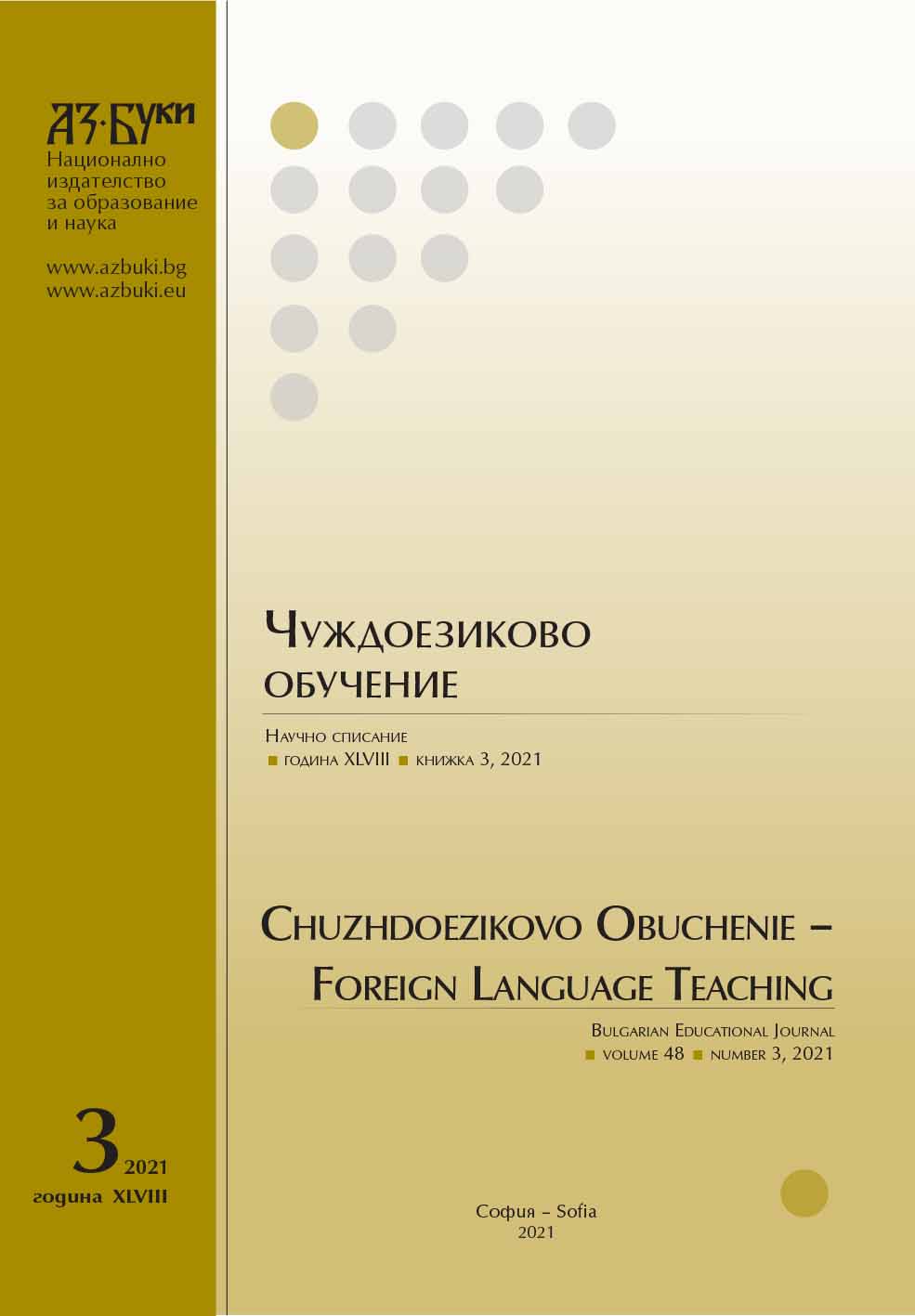
The problem of equivalence of digital translation in the global Internet network is considered. The subject of the study is the errors of digital translation in texts posted on the Internet in the Facebook network. The method of comparative semantic-contextual analysis is used. As a result of the study of texts translated from Bulgarian into Russian, it was found that communication failures are observed at all language levels: lexical-semantic, word-formation, grammatical and at the level of value-modal assessment of the situation. Translation errors reveal the use of English as an intermediary language in the translation of Slavic texts in network systems. It is concluded that the improvement of digital translation models requires more attention to the lexical-semantic, word-formation and grammatical specifics of the Slavic languages, to their realities and language pictures of the world.
More...
The teaching and learning Spanish legal language as a foreign language for professional and academic purposes has been studied in the present article. The autor departs from trying to examine its main characteristic features and the most common difficulties in the learning process resulting from them. Afterwards, the use of some didactic tools based on learner's profile, specific needs and expectations are explained. These tools don't require a language immersion environment outside the classroom and are designed to help teaching and learning Spanish legal language to university students and professionals such as lawyers, philologists, interpreters and translators.
More...
This paper describes a project implemented by students from the University of Economics in Varna and the University of Costa Rica as part of their respective English Language instruction. In the course of the project six teams comprising students from both universities collaborated to create blogs on topics of their choice. The paper dwells on aims of the project, the process that resulted in the creation of six blogs, the skills that students developed or furthered as a result of this activity and the project outcomes.
More...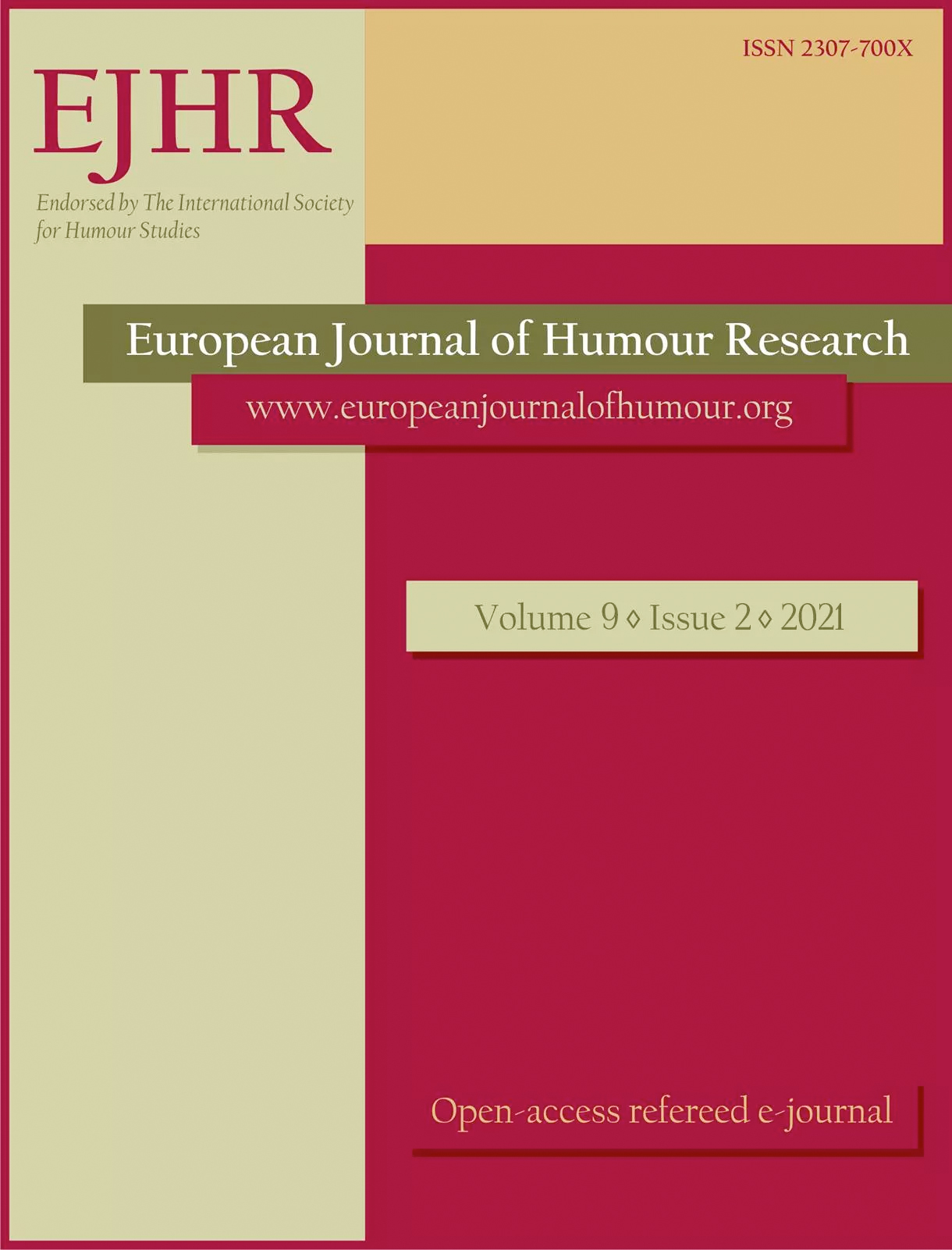
George of Trebizond (1395-1472) has spent a significant part of his life translating Greek books into Latin. The bulk of his translations is impressive: from Ptolemy’s Almagestto John Chrysostom’s homilies and works by Cyril of Alexandria, Basil the Great, Gregory of Nyssa, and Aristotle. He was quite an experienced translator, who had worked out an elaborated method explained in several writings. At the height of his career, George rather hastily translated Plato’s Laws. The haste and, probably, George’s bias against Plato and Platonism resulted in numerous inaccuracies of translation. Several years later, Basilios Bessarion closely scrutinized these faults in the fifth book of his In Calumniatorem Platonis, a comprehensive work aiming to refute the arguments set out in George of Trebizond’s anti-Platonic treatise Comparatio Philosophorum Aristotelis et Platonis. The paper analyses the use of such rhetorical devices as sarcasm and irony in Bessarion’s In Calumniatorem Platonisand especially in his commentary on George’s translation of Laws; it also aims to demonstrate how Bessarion turns George of Trebizond into a comic figure, thus compromising both the opponent and his interpretation of Plato’s doctrine.
More...
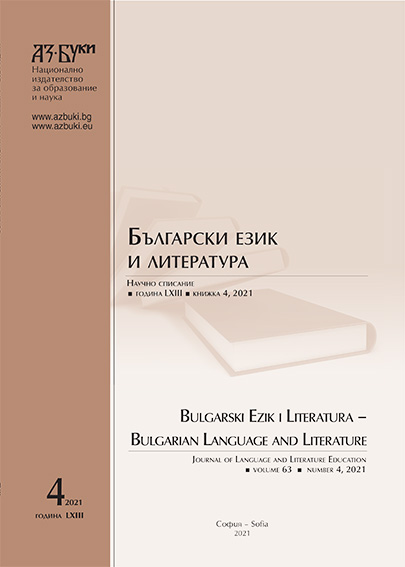
This study deals with an issue that is significant in view of the buildup of word morphological structure, something frequently neglected by investigators, viz., morphemes encoding specific grammatical meanings of Bulgarian participles, which indicate in a specific way why participial forms belong to a separate lexeme class. Of course, there are authors who have discussed participial morphostructure (Pashov 1976, Vatov 1992, Kutsarov 2012, Kutsarov, I. 2007, Aleksova 2012, etc.). However, almost all of them (save Kutsarov, K. 2012, 2019) interpret the grammatical function of participial morphemes through the prism of the verb, i.e., if the participle is part of the verb form composed. Thus the study sets two basic goals: to describe the morphemic classification of Bulgarian participles according to their traditional description in the verb paradigm; to analyze relational and classification morphemes that belong to participles – morphemes that differentiate participles from adjectives and verbs.
More...
In this article, we look at the genre of the manifesto and its possible uses in high school. First, we point out some basic characteristics of this type of text and link them to the idea of a “form of rebellion”. Second, we make a connection between teaching literature in school with teaching the literary events and facts as part of the so-called literary narrative, i.e., putting the phenomena into the larger framework of what is happening in the cultural context of the observed period. We propose a possible way of teaching the manifesto, based on an example of the aesthetico-theoretical work of Geo Milev, having in mind that the author has texts with the characteristics of a manifesto, not complete manifestos.
More...
The Twenty-third National Scientific Conference for students and doctoral students was held in Plovdiv (with international participation) entitled: Word and ideologies. It was organized by the Faculty of Philology of Plovdiv University Paisii Hilendarski and by the Linguistic Club Prof. Boris Simeonov. The event was attended by 50 participants (PhD students and students from bachelor's and master's programs) from Bulgarian and foreign universities and institutes (Sofia University, Plovdiv University, Shumen University, Veliko Tarnovo University, University of Kragujevac, Serbia, Baku University, Azerbaijan). The conference has a regular status and covers two areas – linguistics and literature.
More...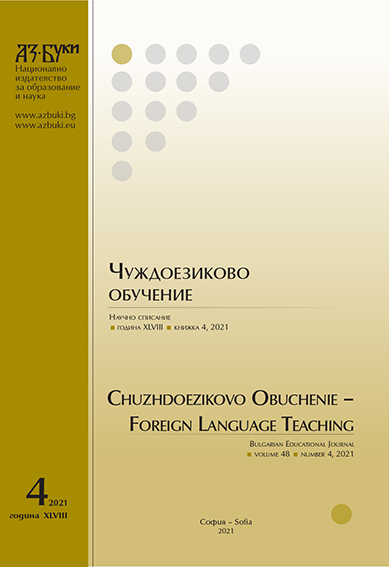
The article considers pedagogical speech as an activity and a tool for the work of a teacher/teacher/business coach (hereinafter referred to as a teacher) to ensure the effectiveness and efficiency of classes in an electronic environment. From the standpoint of the methodology of speech as an activity of A. A. Leontiev, the structure of pedagogical speaking in the form of verbal, written, non-verbal components is proposed, as well as its capabilities as a tool for solving pedagogical tasks in the lesson in an electronic environment.
More...
When understanding the complex social processes in the Principality of Bulgaria at the end of the 19th century, the medieval legal literary-linguistic heritage was realized as a foundation for the creation of an academic style in legal science after the Bulgarian Revival. The article aims to analyze how this occurs in the personal practice of P. Odzhakov, in particular in his selective excerpts from Old Bulgarian laws (1892), how the Bulgarian legal terminology develops from the Middle to the Modern Ages. It focusses on translation decisions of the jurist in comparison with the Greek originals, the Old Bulgarian representatives, as well as other modern languages.
More...